
DS 3 (2015-2019) used car buying guide: Premium supermini with chic appeal
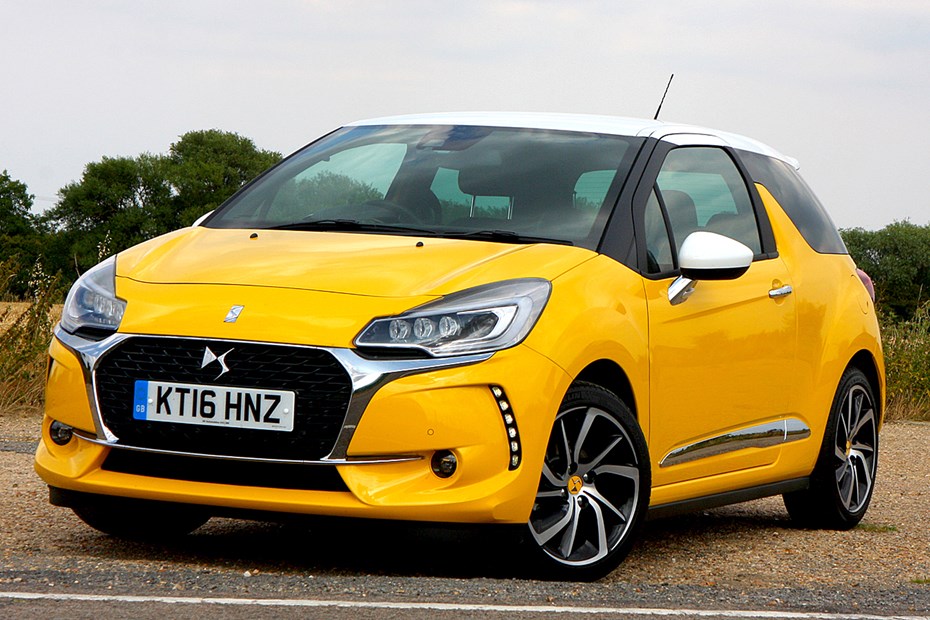
At a glance
| Price new | £13,295 - £26,005 |
|---|---|
| Used prices | £1,817 - £8,667 |
| Road tax cost | £20 - £195 |
| Insurance group | 10 - 37 |
Get an insurance quote with

|
|
| Fuel economy | 39.1 - 44.8 mpg |
| Range | 550 - 876 miles |
| Miles per pound | 5.7 - 6.6 |
| Number of doors | 3 |
| View full specs for a specific version | |
Available fuel types
Petrol
Diesel
Pros & cons
- Stylish design
- Punchy petrol engines
- Economical diesels
- Ride quality can be poor
- Some awkward controls
- Not the most practical
DS 3 (15-19) rivals
Overview
It isn’t often that a new brand is launched with an old car, but that’s how the DS 3 story begins. Badged a DS after 2014, it was known as the Citroen DS3 before the two brands were split. A small, three-door supermini with style, it’s an appealing used car worth seeking out.
The Citroen-to-DS transformation is more obvious on 2015-on models. They got the DS-brand’s distinctive front grille alongside upgrades to the interior and specification levels. In essence though, it’s still the same car, just facelifted.
As part of a trend for fashionable superminis – the MINI Hatch, Audi A1, Fiat 500 and Vauxhall Adam – the DS 3 is a good-looking car, with plenty of scope to find one that matches your personality and needs, if bought carefully. It’s a good choice for new drivers, as it was (and still is) a popular driving school car – but that means additional diligence when checking out a second hand bargain.
Improvements over the Citroen DS 3
Technology was upgraded for the DS 3, including premium touches such as LED Vision headlights with scrolling directional indicators. Many features moved to the 7.0-inch touchscreen multimedia system. It keeps things simple and uncluttered, but there are some unusual (and frustrating) quirks, like the volume buttons located at the bottom of the centre console, nowhere near the screen.
Bluetooth connectivity, air-con and Active City Brake (a system which helps to prevent low-speed collisions) are standard. You can also find models with Apple CarPlay and Android Auto, MirrorLink, front and rear parking sensors and reversing camera options. A basic connected feature allows the MyDS app on a smartphone to see your parked location and fuel economy/trips.
There are seven standard trims to look for when searching for suitable cars for sale: Chic, Elegance, Prestige, Ultra Prestige, Performance Line, Performance and Performance Black.
Range of efficient engines
The DS 3 can be found starting with 82hp, and up to 210hp. Petrol models are either 1.2-litre three-cylinder or 1.6-litre four-cylinder, while the diesel is a 1.6-litre four-cylinder. Low CO2 for cheap tax is covered by the BlueHDI 100, hot-hatch performance by the imaginatively-named DS 3 Performance (a reprise of the Citroen DS3 Racing).
DS 3 (2014-2019) buying guide
A DS 3 is an excellent choice if you want a small car. Fit and finish is above average, and it has a strong body with good corrosion protection. There’s some surprisingly modern technology as well. As a three-door it retains some of that youthful, minimalist character long associated with fun superminis, but it’s just about roomy enough for a young family.
The DS 3 is also a good choice if you need a small automatic, since it avoids the unreliable Citroen SensoDrive in favour of a sophisticated, but conventional, six-speed auto ‘box.
We’d steer clear of overly-fussy special editions or sticker packs which will age and be hard to replace, and go for a solid middle-of-the-range one. At least until the next stage of emissions restrictions, the Euro 6 BlueHDi 120 is a quick, economical and readily-available choice.
Watch out for former driving school cars. They may have been very well maintained, but are likely to only be replaced when they’re getting worn out clutches and suspension and aren’t worth enough to justify the repairs.
DS 3 Mk1 known faults and common problems
0. The DS 3 airbag recall
The 2025 Takata airbag recall affected all Citroen and DS-branded examples of this car. It was a big one, too, with 120,000 cars in the UK alone affected. When looking at any prospective car, make sure the work’s been done, as without it, you’re buying a car with a stop-drive notice served on it, which leads to all sorts of insurance issues.
1. PureTech petrol – 82hp, 110hp, 130hp
One of the first cars to receive PSA’s clever three-cylinder PureTech engine, the DS 3 also received the first teething troubles. Generally a good design, most issues arise from the ‘wet’ timing belt which unusually, runs bathed in engine oil.
Early models degrade, clogging the oil system in the car and ultimately failing. As well as advising a belt interval of 62,500 miles or 6 years, recalls should have addressed this on pre-2018 cars so check that any outstanding recall work has been completed. They should be shown on the MOT certificate and online check if tested after July 2023.
Excessive oil consumption can be a problem on the 1.2-litre, but some forum posts suggest Citroen dealers performing recall work may not be paying much attention – leaving loose bolts on sumps, for example. It’s worth checking under the car and around the engine for leaks for this reason.
2. BlueHDi diesel – 100hp, 120hp
The two diesel options will appeal to long-distance, high-mileage drivers. Even the more powerful BlueHDi 120 is still very frugal. Maintenance may also be cheaper, since It has a timing belt with longer change interval than the PureTech.
Older engines may have emissions system problems, particularly low mileage examples mostly driven in town. Listen for uneven idle, look for smoke under hard acceleration, and ask the owner how often they get the car up to temperature and over 40mph for sustained drives.
When the DPF regenerates, you can feel a subtle misfire and change in engine tone – third or fourth gear, 40mph plus, and roughly 20 minutes of driving should be sufficient heat and the right conditions for the car to clear the filter. Usually the dashboard will display a warning if a problem is detected.
3. Automatic gearbox – EAT6
Cars with the 1.2-litre PureTech three-cylinder engine get the efficient EAT6 six-speed automatic. It has manual-style shift modes, but is a traditional automatic rather than a dual-clutch or robotised manual setup. As such, it will last longer with regular fluid and filter changes.
Leaks and fluid contamination are the major risk, so inspect the condition of cooler pipes, coolant and radiator. Electronic management means most problems will result in limp-home mode, but any juddering, sudden, harsh gear changes or slipping is a reason to haggle hard to cover the service work, or just walk away.
Inside the car, check the gear selector for signs of spilled soft drinks or water. It’s electronically controlled and sticky cola or fruit juice can mean an expensive rebuild.
4. 1.6-litre THP – 165 and DS 3 Performance
The faster DS 3 models use an engine developed in partnership with BMW, though elements of the engine were shared with previous Citroen designs. Weak timing chain tensioners can lead to failure; rattling noises could be variable valve timing or chain related – a louder one near the top of the engine suggests VVT, one which is more consistent with engine speed, chain guide or tensioner.
Misfires are a common problem with the THP engine, usually down to coils/ignition system or fuel pressure but also potentially linked to timing chain stretch, confusing the ignition management sensors. Early ones tend to be more fragile.
4. DS 3 – stop/start system
As the DS 3 gets older, problems with the stop/start system can manifest, sometimes in odd ways.
If the car says ‘Eco mode not available’ there may be a fault with a sensor, but It’s more likely that the car’s battery needs replacing. An aging AGM battery should be detected by the car’s ECU leading it to disable features, but it can affect many parts of the car leading it to appear to have serious issues.
Therefore, on any car over seven years old, budget for a new AGM battery, and make sure the starter/alternator, belt and tensioners are in good condition. If faults persist with a fully-charged battery then diagnostics should show any sensor problems, including detecting belt slip.
There is a capacitor and ECU hidden in the front wing, called the ‘Voltage Retention Device’. This is vulnerable to damage, particularly if the wheel arch liner is lost or the car is driven into flood water
5. Citroen DS3 manual gearbox, clutch and flywheel
What a surprise, the manual DS 3 has a dual-mass flywheel. It will announce impending failure by making lots of sound – clonks, squeaks and rattles. Juddering when pulling away, particularly on higher-power diesels, is also a good sign the clutch and flywheel will need replacement.
When in good condition the biting point for the clutch can feel quite low and the car should be smooth to drive, with a quick, precise gear change. Five-speed gearboxes are robust, six-speed models can suffer if leaks have not been attended to, but both models share a tendency to crunch or not select reverse if rushed.
6. DS 3 Electric power steering issues
Good news, the DS 3 is based on proven components thoughout, and problems with steering, brakes and suspension are rare.
Broken coil springs may be pushed into failure by seized top mounts (the bearing that allows the wheel and strut to turn). Listen for loud bangs when steering, feel for unpredictable resistance mid-bend. The electric steering rack can also cause issues – make sure the battery and charging system are in good order before jumping to big bills, though.
7. AdBlue and emissions system
Watch out for emissions systems warnings on the dash, and take a code reader to check the AdBlue system is working. The injection system, NOx sensors, AdBlue tank heater and level sensing can all develop issues that ultimately, will prevent the car from being driven.
8. Suspension wear and failures
Look for general wear and damage, such as uneven tyre wear, rusty or broken coil springs, and worn bushes which will rattle or clonk on speed bumps. You can look under the wheelarch above the wheel for obviously broken coil springs – in many cases on older cars it will be cheaper to replace the whole strut with just a few bolts to deal with, rather than paying for springs to be exchanged with higher labour rates.
Plus you’ll get new dampers into the bargain, restoring a factory-fresh ride.
9. Limited-slip differential – Performance
The Performance version’s six-speed manual has shorter gear ratios and a limited slip differential. It has sports suspension lowered by 15mm, wider front and rear track and larger Brembo brakes which will cost more when you need consumables, but should be more reliable overall.
Any grabbing or binding could indicate problems with the diff. It can be checked properly on a lift with the wheels off the ground. It’s hard to assess if the LSD is working correctly on a responsible, safe test drive, but if the seller knows of a muddy or wet grass area to legally show the lack of single wheel spin, that can be useful.
10. Trim and technology
Special edition trim, especially stickers, may be hard to replace so look for wear and damage. Infotainment screens can fail with age and are expensive to replace – check everything works, including the reversing camera where fitted. Cloudy plastic headlights can usually be restored.
What’s the DS 3 like to drive?
Over the next few pages, we’ll review each aspect of the DS 3, taking into account its practicality, comfort, fuel economy and performance. If you’re short on time, you can also skip to our verdict page to see if we recommend the DS 3 as a good used car.



.jpg)
.jpg)
.jpg)
.jpg)
.jpg)
.jpg)
.jpg)
.jpg)
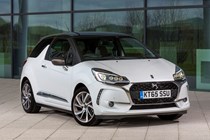
.jpg)
.jpg)
.jpg)
.jpg)
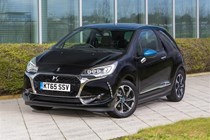
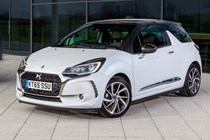
.jpg)
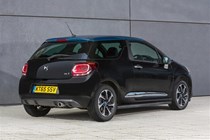
.jpg)
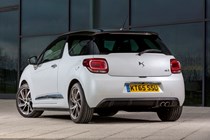
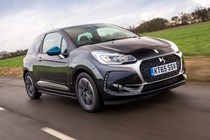
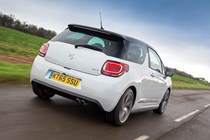
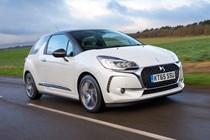
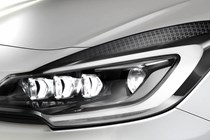
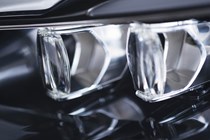
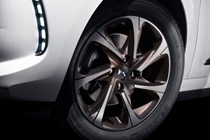
.jpg)
.jpg)
.jpg)
.jpg)
.jpg)
.jpg)
.jpg)
.jpg)
.jpg)
.jpg)
.jpg)
.jpg)
.jpg)
.jpg)
.jpg)
.jpg)
.jpg)
.jpg)
.jpg)
.jpg)
.jpg)
.jpg)
.jpg)
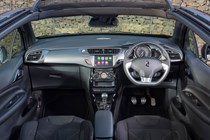
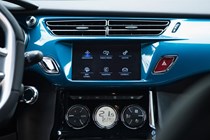
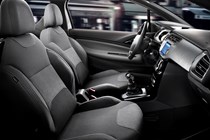
.jpg)
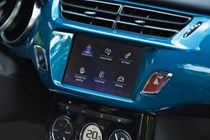
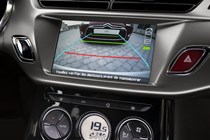
.jpg)
.jpg)
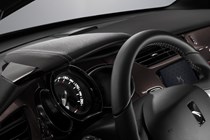
.jpg)
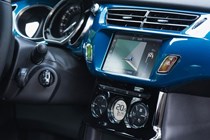
.jpg)
.jpg)
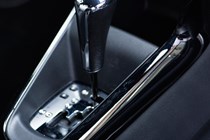
.jpg)
.jpg)
.jpg)
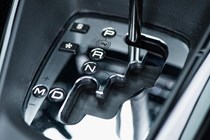
.jpg)
.jpg)
.jpg)
.jpg)
.jpg)
.jpg)
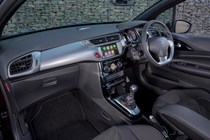
.jpg)
.jpg)
.jpg)
.jpg)
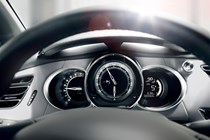
.jpg)
.jpg)
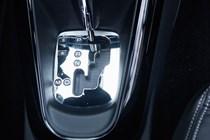
.jpg)
.jpg)
.jpg)

.jpg)
.jpg)
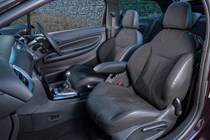
.jpg)
.jpg)
.jpg)
.jpg)
.jpg)
.jpg)
.jpg)
.jpg)
.jpg)
.jpg)
.jpg)
.jpg)
.jpg)
.jpg)
.jpg)
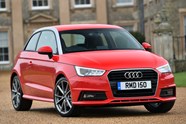
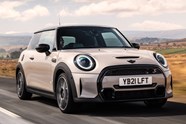
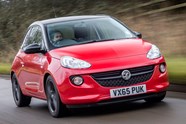



.jpg?quality=50)
.jpg?quality=50)
.jpg?quality=50)
.jpg?quality=50)
.jpg?quality=50)
.jpg?quality=50)
.jpg?quality=50)
.jpg?quality=50)

.jpg?quality=50)
.jpg?quality=50)
.jpg?quality=50)
.jpg?quality=50)


.jpg?quality=50)

.jpg?quality=50)







.jpg?quality=50)
.jpg?quality=50)
.jpg?quality=50)
.jpg?quality=50)
.jpg?quality=50)
.jpg?quality=50)
.jpg?quality=50)
.jpg?quality=50)
.jpg?quality=50)
.jpg?quality=50)
.jpg?quality=50)
.jpg?quality=50)
.jpg?quality=50)
.jpg?quality=50)
.jpg?quality=50)
.jpg?quality=50)
.jpg?quality=50)
.jpg?quality=50)
.jpg?quality=50)
.jpg?quality=50)
.jpg?quality=50)
.jpg?quality=50)
.jpg?quality=50)



.jpg?quality=50)


.jpg?quality=50)
.jpg?quality=50)

.jpg?quality=50)

.jpg?quality=50)
.jpg?quality=50)

.jpg?quality=50)
.jpg?quality=50)
.jpg?quality=50)

.jpg?quality=50)
.jpg?quality=50)
.jpg?quality=50)
.jpg?quality=50)
.jpg?quality=50)
.jpg?quality=50)

.jpg?quality=50)
.jpg?quality=50)
.jpg?quality=50)
.jpg?quality=50)

.jpg?quality=50)
.jpg?quality=50)

.jpg?quality=50)
.jpg?quality=50)
.jpg?quality=50)

.jpg?quality=50)
.jpg?quality=50)

.jpg?quality=50)
.jpg?quality=50)
.jpg?quality=50)
.jpg?quality=50)
.jpg?quality=50)
.jpg?quality=50)
.jpg?quality=50)
.jpg?quality=50)
.jpg?quality=50)
.jpg?quality=50)
.jpg?quality=50)
.jpg?quality=50)
.jpg?quality=50)
.jpg?quality=50)
.jpg?quality=50)